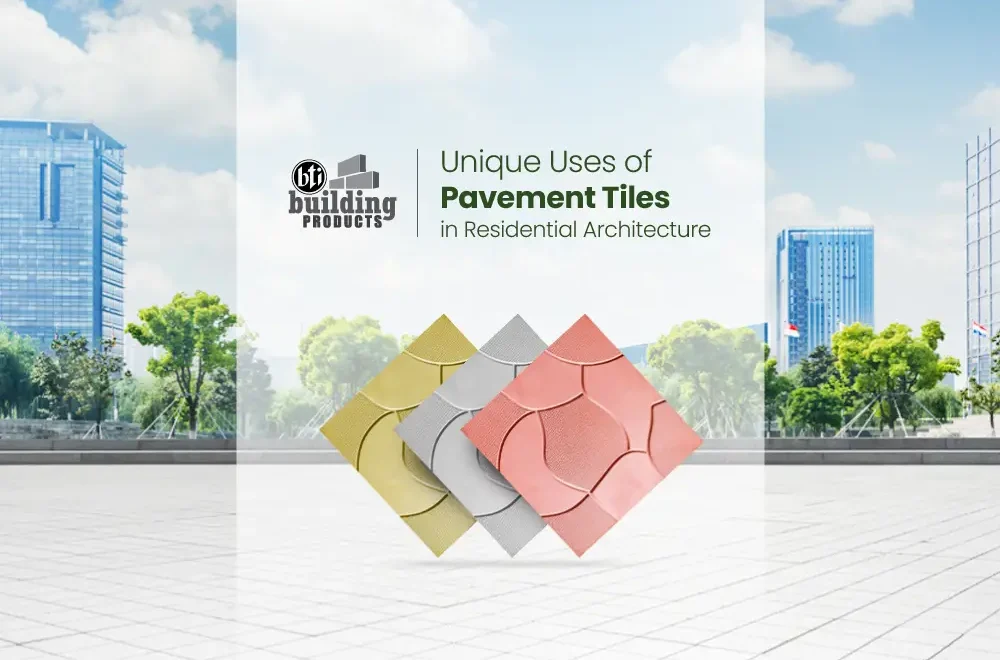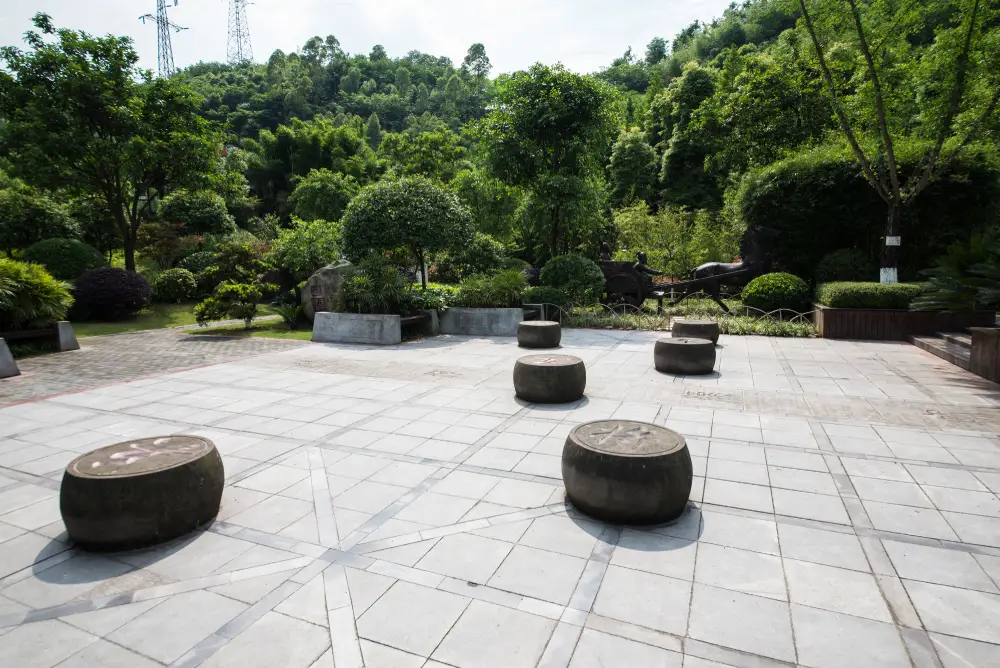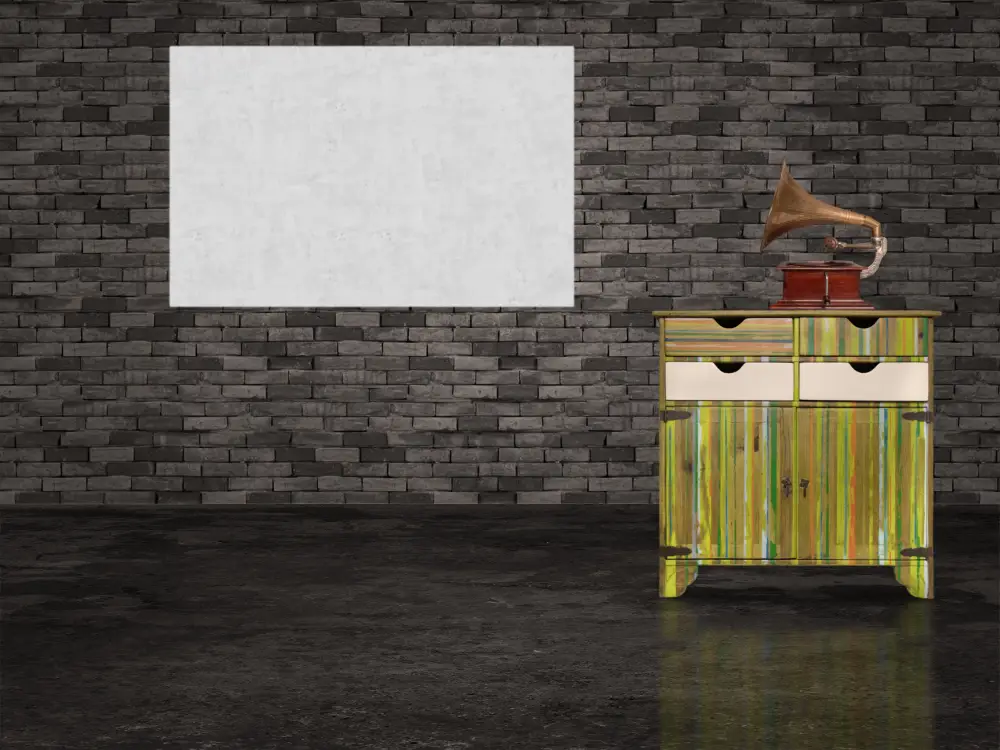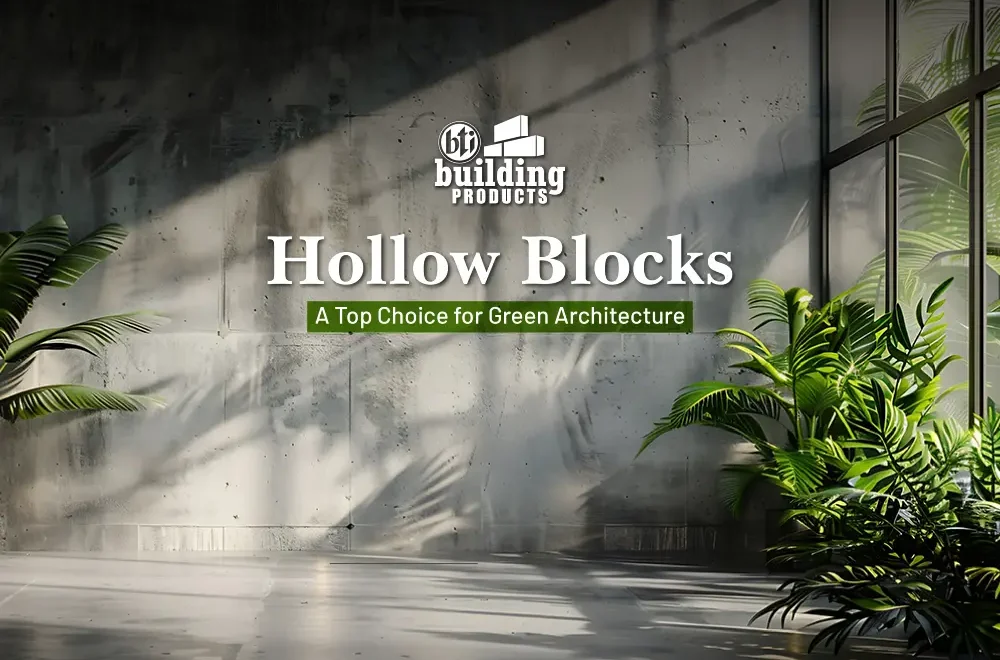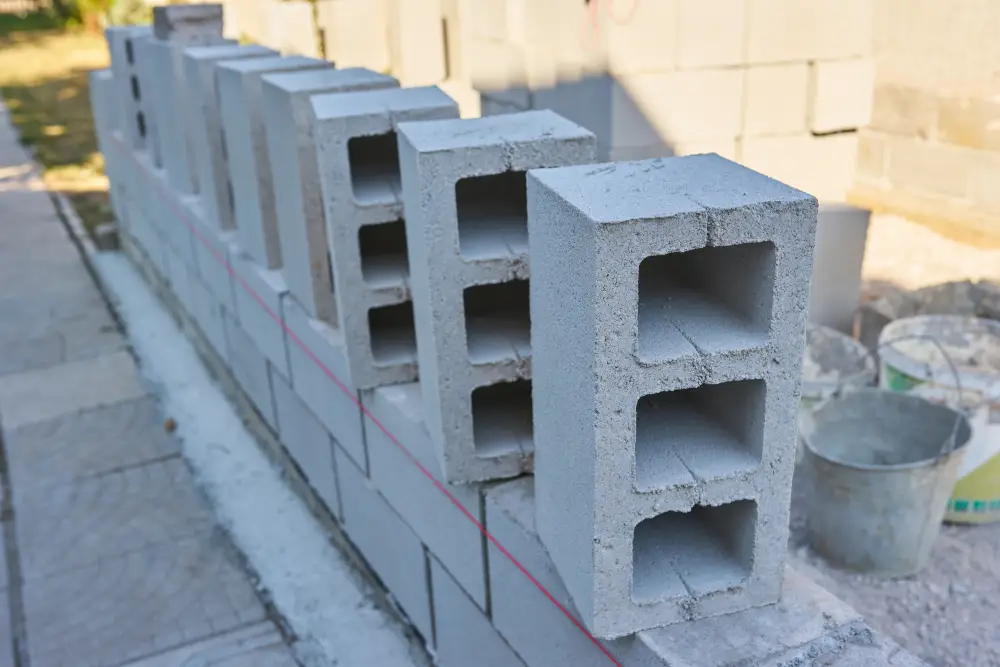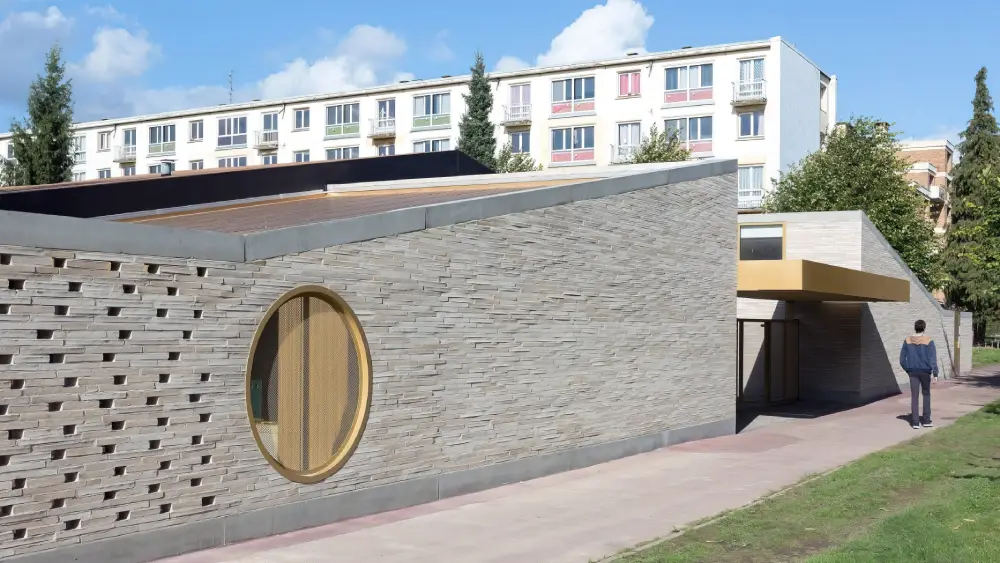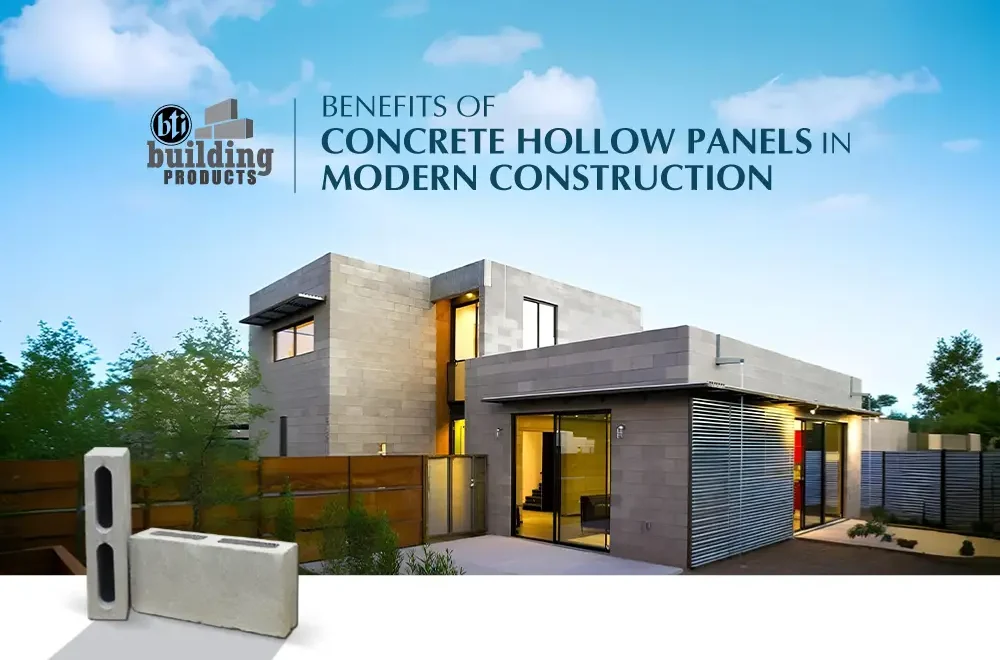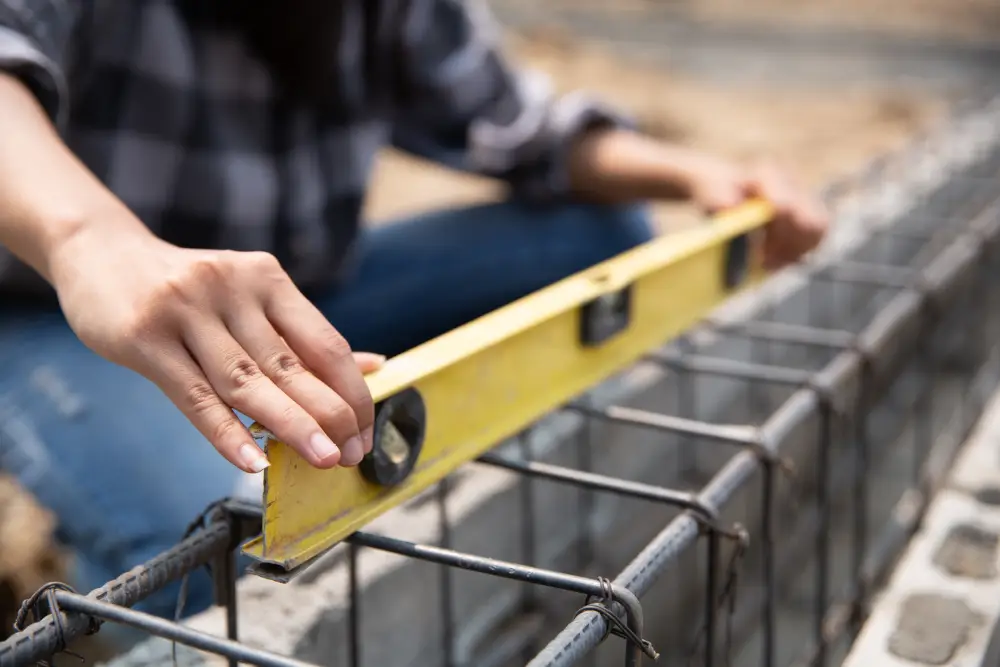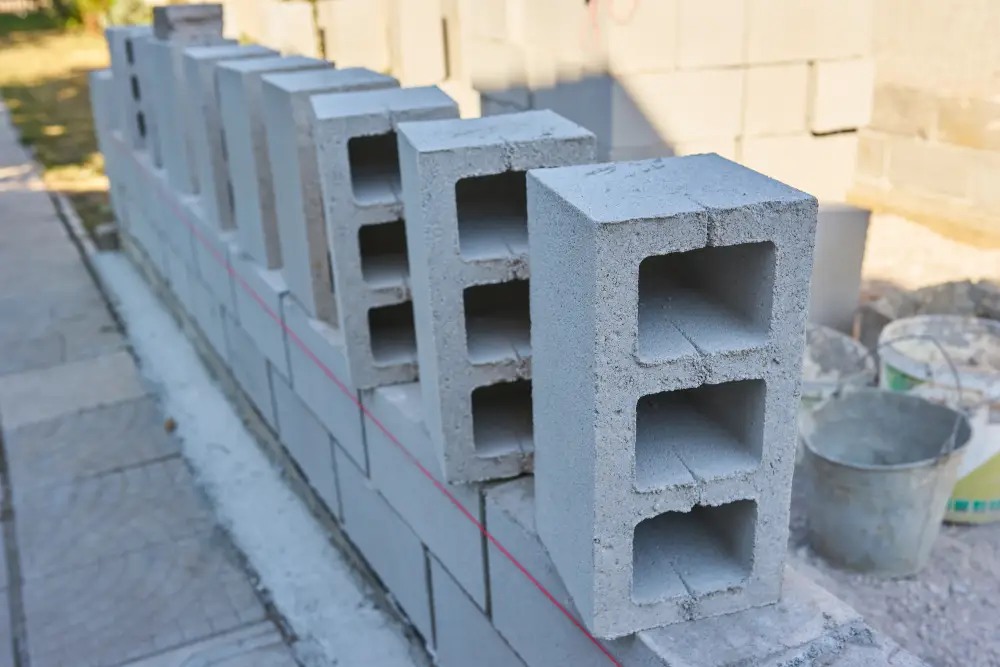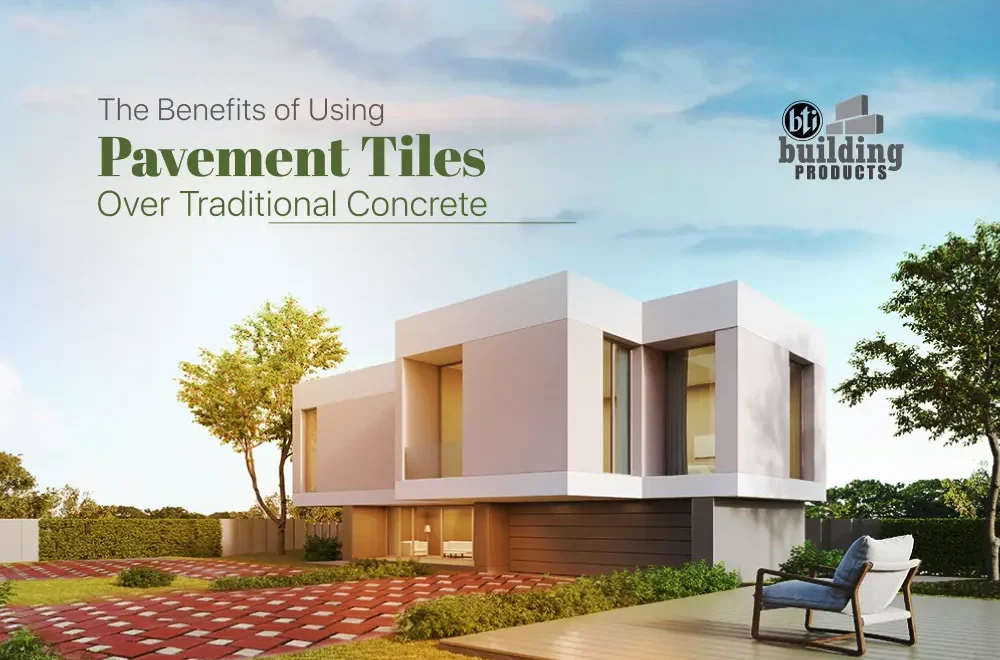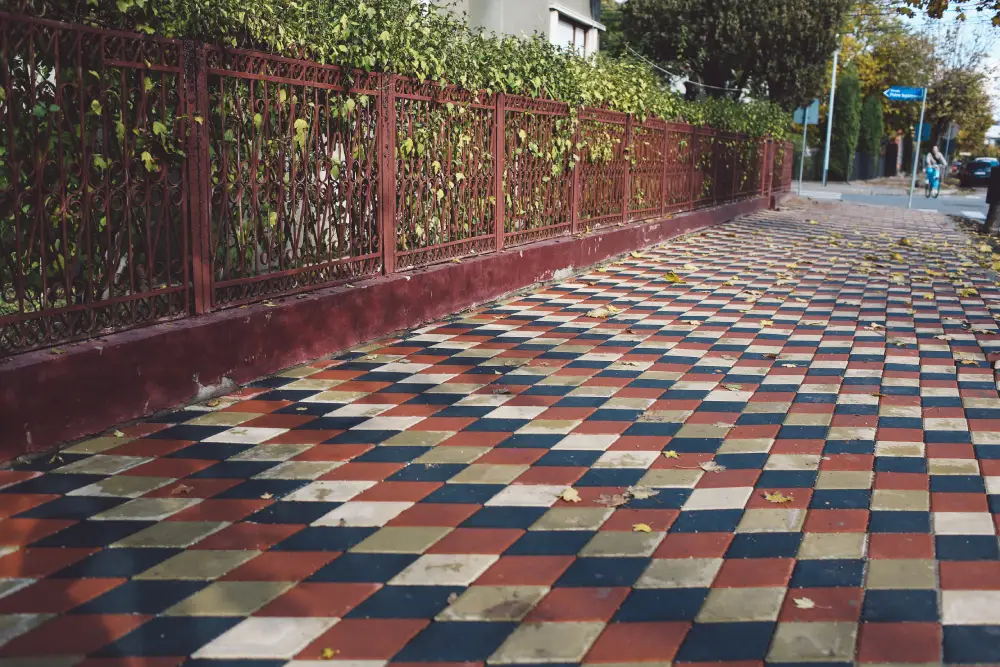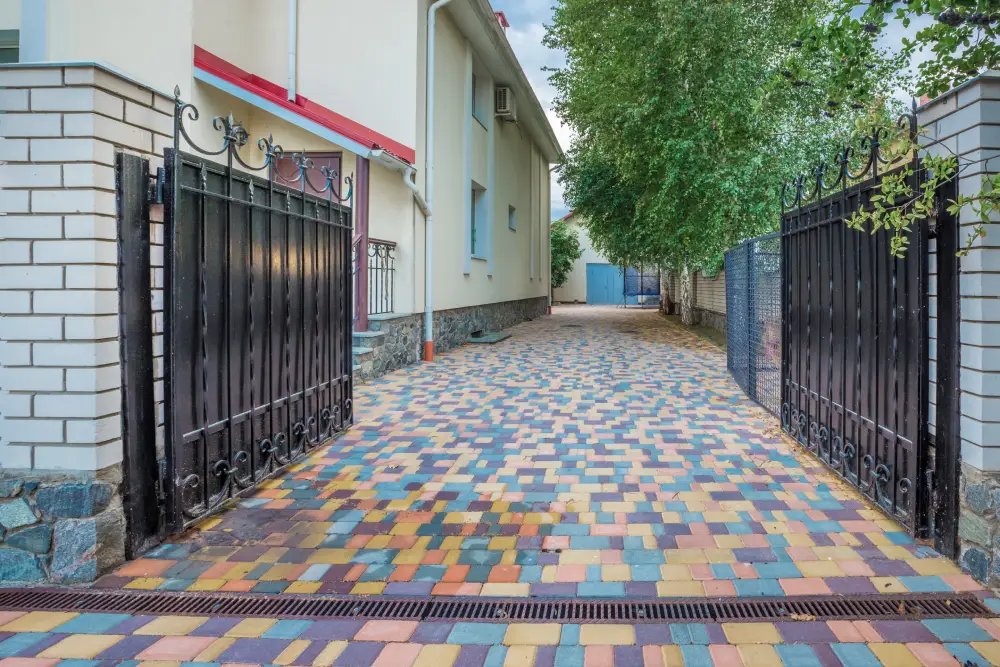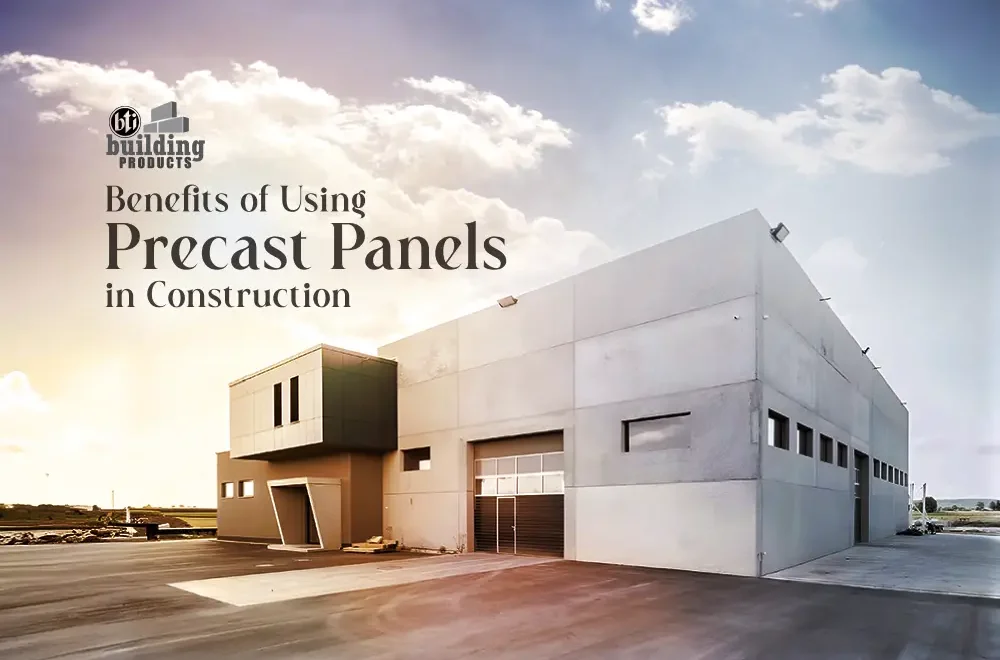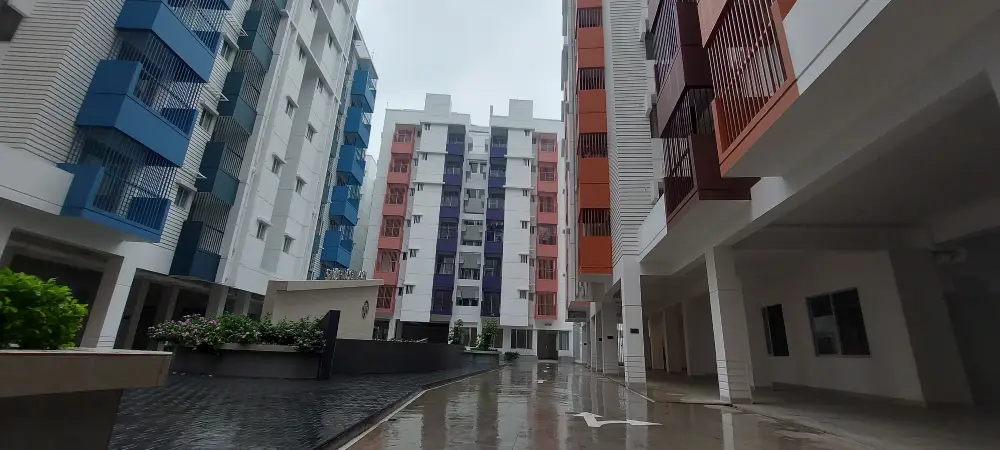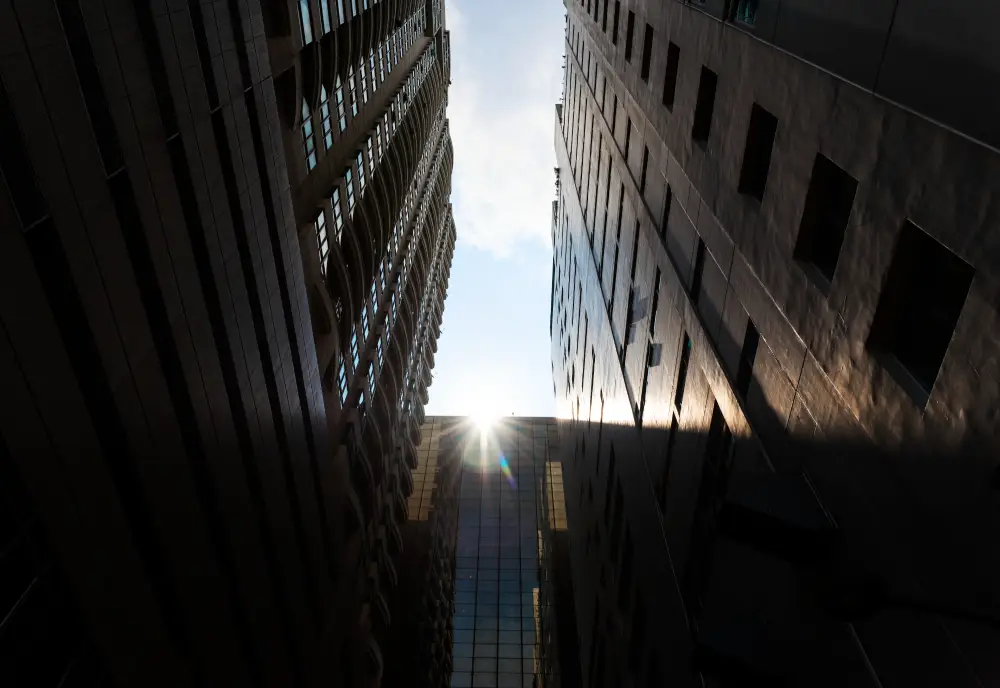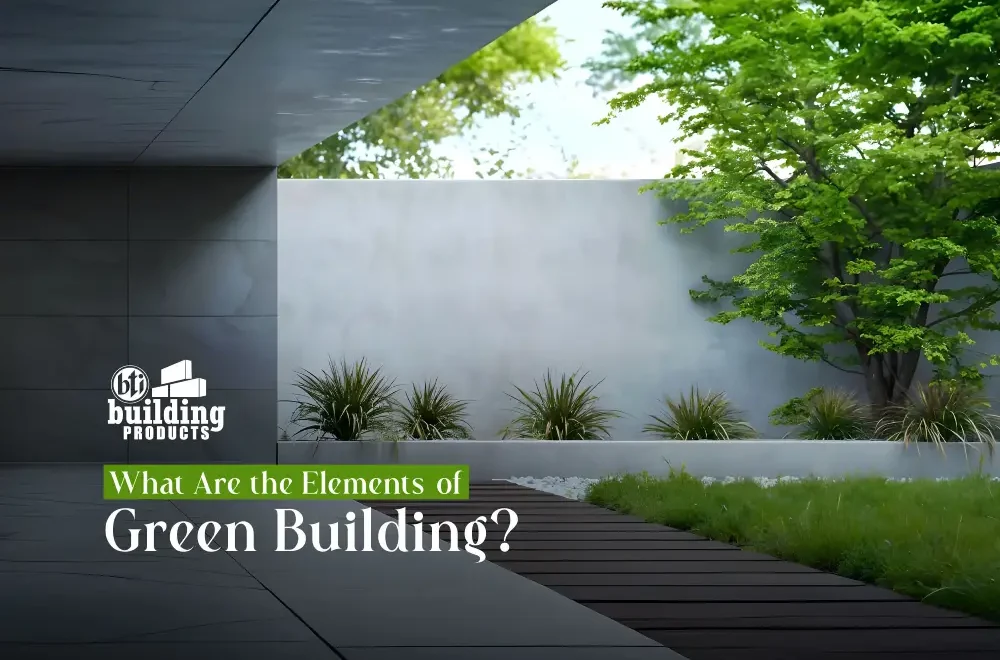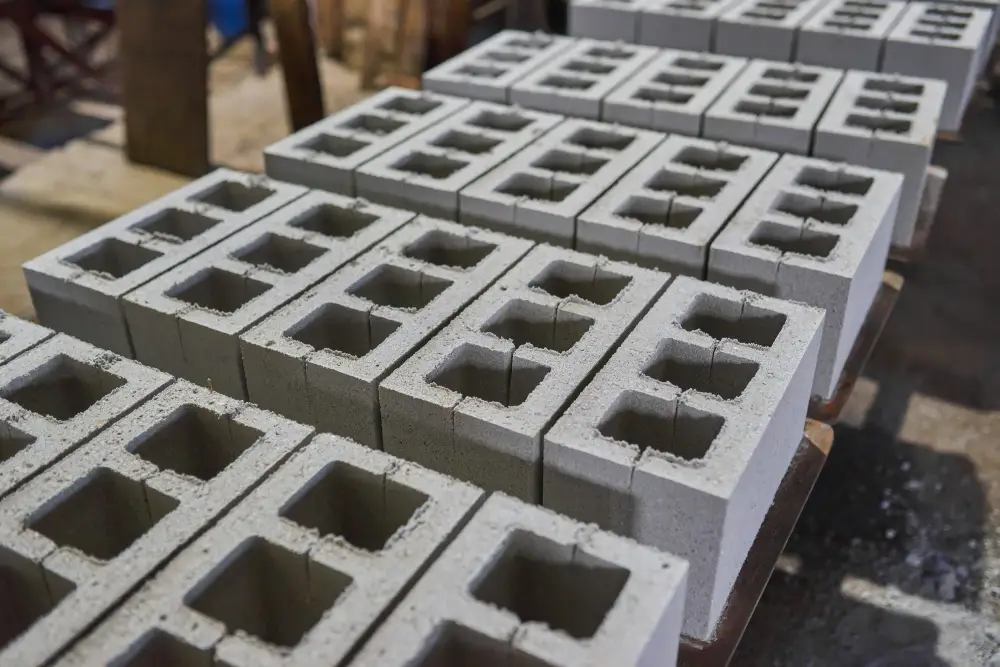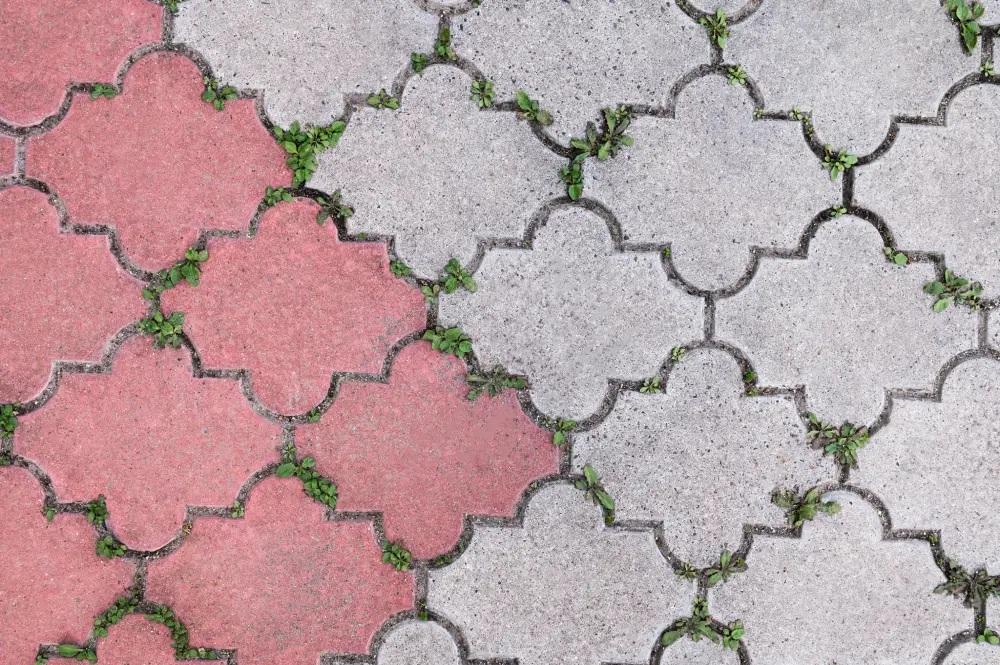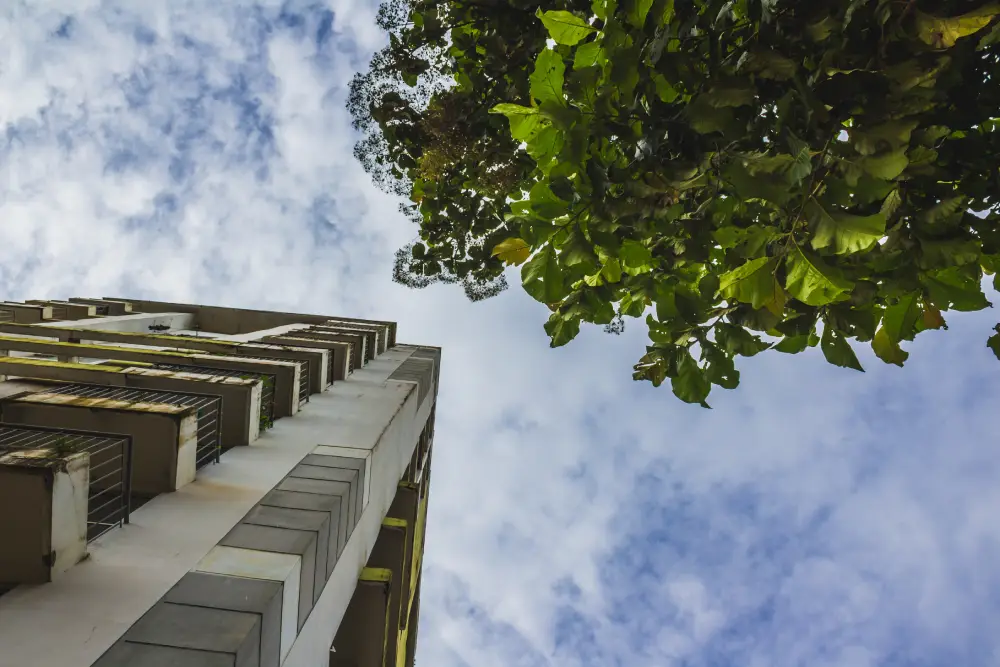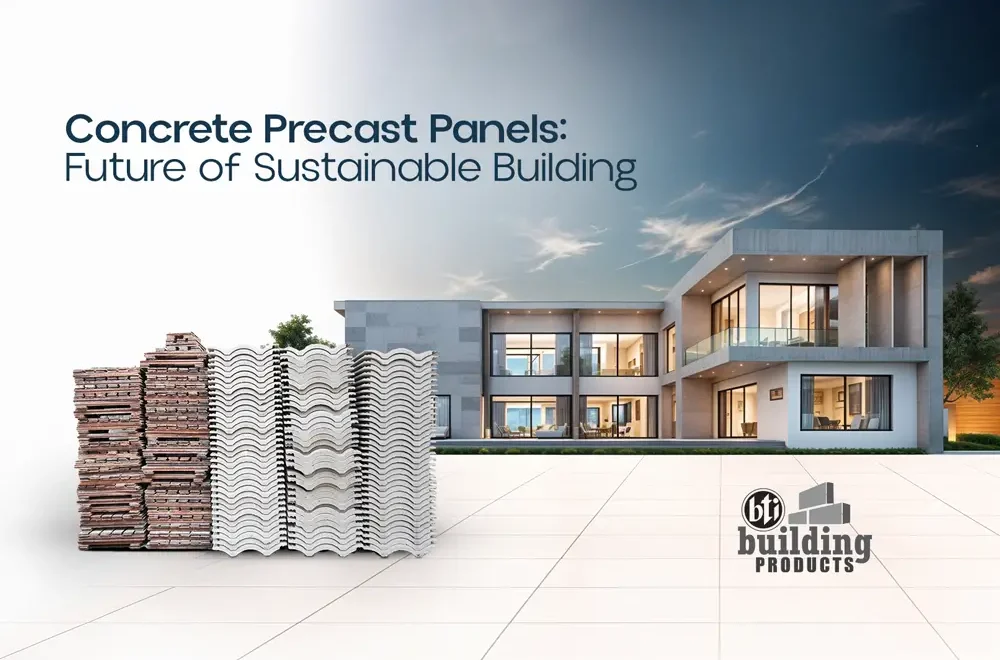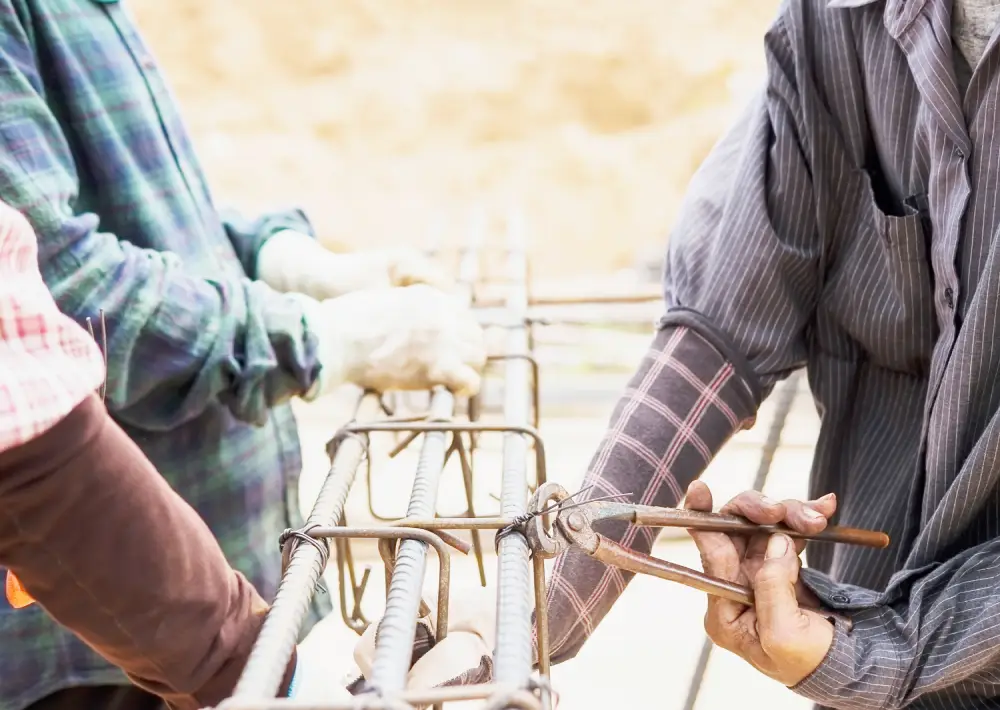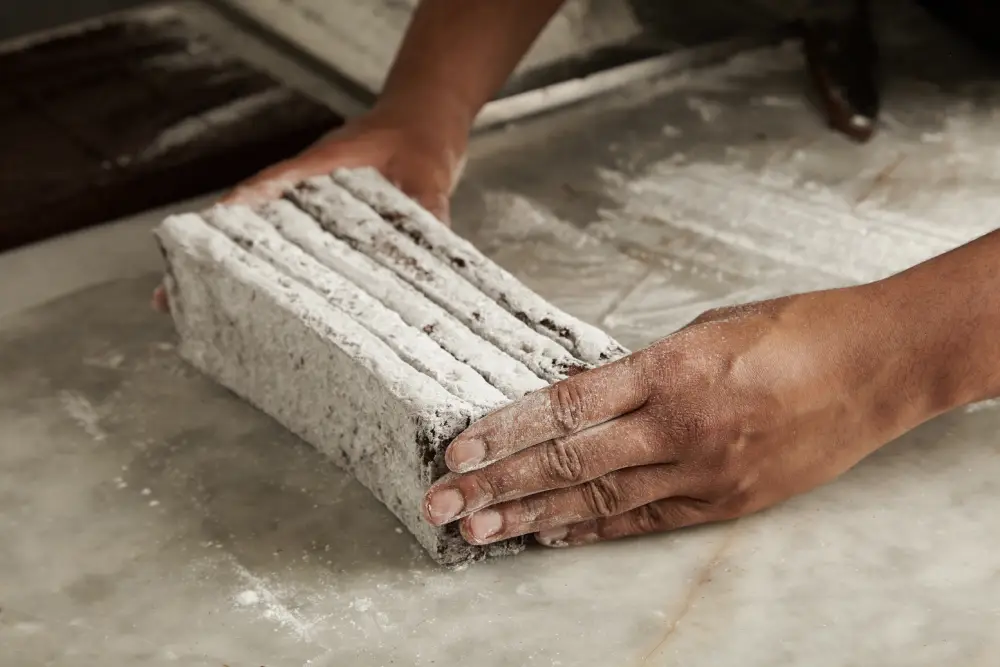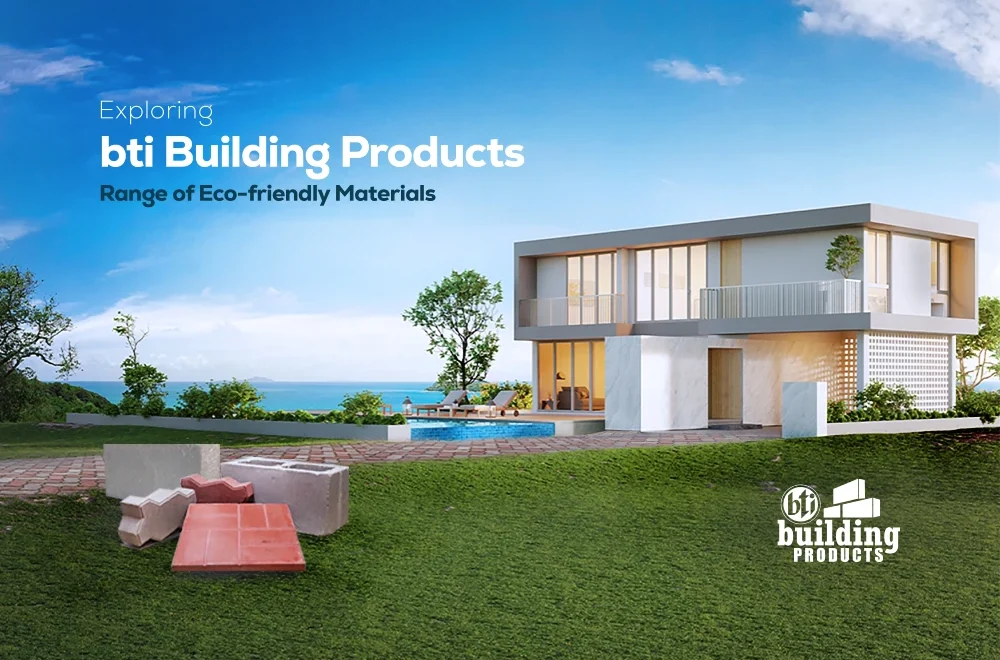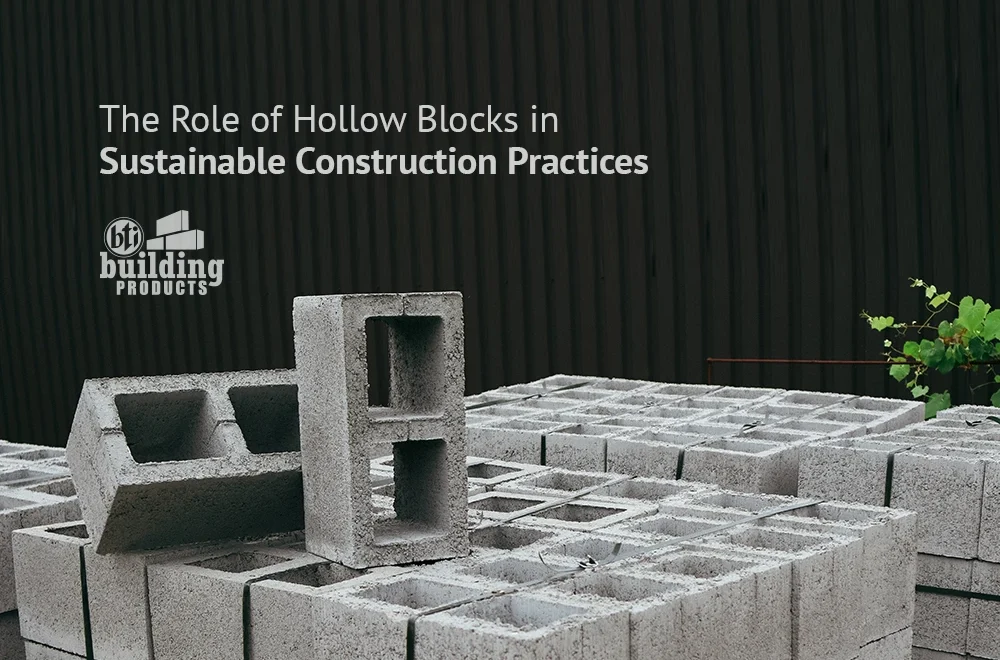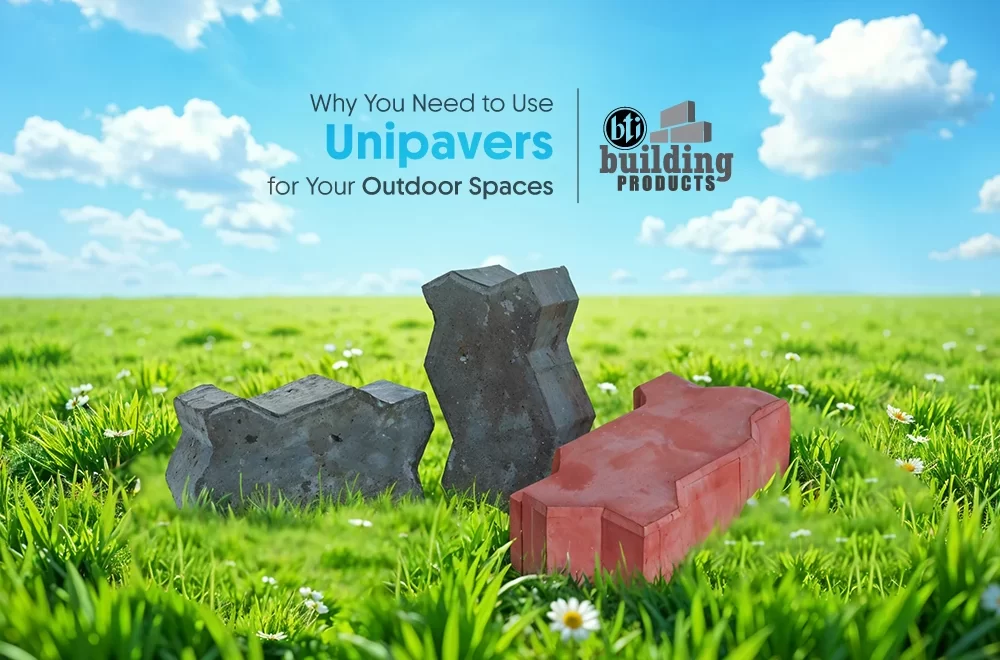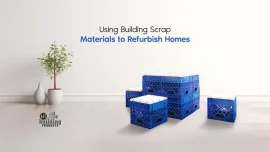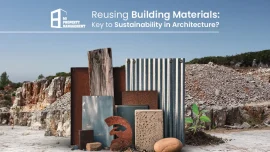Unique Uses of Pavement Tiles in Residential Architecture
Pavement tiles are most often used to pave sidewalks or footpaths. They are different from the regular tiles used inside homes (mostly for flooring) as they are not glazed, giving them a textured surface. This proves to be helpful in allowing them to serve their true purpose—the additional friction caused by the surface of pavement tiles allows people to walk on them without fearing that they will fall, especially during colder or rainy weather.
In residential architecture, times are slowly changing. Adaptations are being made that allow the leeway for the building to be more eco-friendly and sustainable. In addition, real estate developers in Bangladesh are constantly trying to innovate by using building products that are environmentally friendly. This is to remain competitive, to preserve our buildings for future generations, and to remain cost-effective. Other than the typical ways in which we can use pavement tiles, architects are coming up with bold and interesting ways to incorporate the use of pavement tiles. Today, we shall talk about some of these:
- Create an Accent Wall
If you like displaying handicrafts or special artwork around your home, an accent wall might give you an edge by showing people how that wall is more significant than the other ones in that room. Accent walls are usually painted a bright, bold color that contrasts with the rest of the room. You could choose to pave the accent wall with pavement tiles to give it an edgy, cool look that is slightly rugged and rustic.
- Differentiate Between Zones
Many people choose to designate zones in each room for specific activities only. This applies particularly to living rooms and family lounges, where there might be a seating area, an entertainment zone, and finally another zone for unwinding & relaxation. You can use different colored pavement tiles on the floor to segment each zone. It will give your room a unique je-ne-sais-quoi that does not exist anywhere else.
- Make Outdoors More Accessible
Accessibility is one aspect that not every developer thinks about, but it should be taken into consideration, particularly when designing more public spaces. For example, using pavement tiles in the pathway surrounding a swimming pool in the rooftop of an apartment complex will make the pool easily accessible to people of all ages, & including disabilities related to movement. It will also help prevent more accidents caused by slippery tiles, as pavement tiles already have more friction on their surfaces.
- Bring Innovation
Innovative creations don’t always have to be developed in a complicated manner. Rather, you can sometimes use the simplest tools to create unique innovations that could stun the entire world. You can use different colored pavement tiles to create interlocking patterns related to nature in your outdoor landscaping. If any pieces break during shipping, these can be gathered to later use in a mosaic to decorate your home. The possibilities, as they say, are literally endless!
Real estate developers and architects can thrive in their respective fields when they can quickly adapt to changes, especially those that can help benefit the environment in the long run. Using pavement tiles in unique ways in residential architecture could help save money, give buildings an innovative look and feel, and also add to each building’s sustainability factor.


